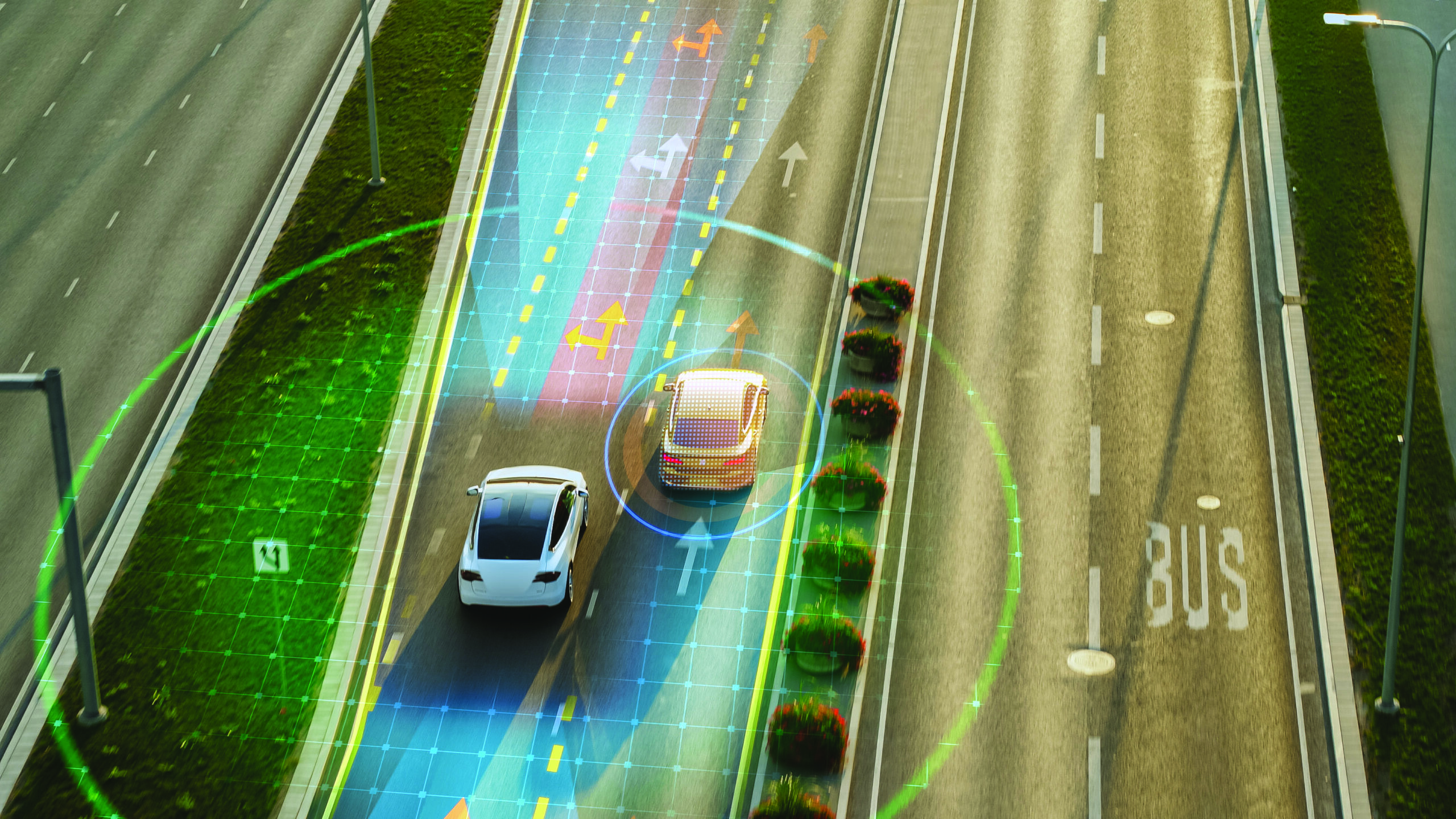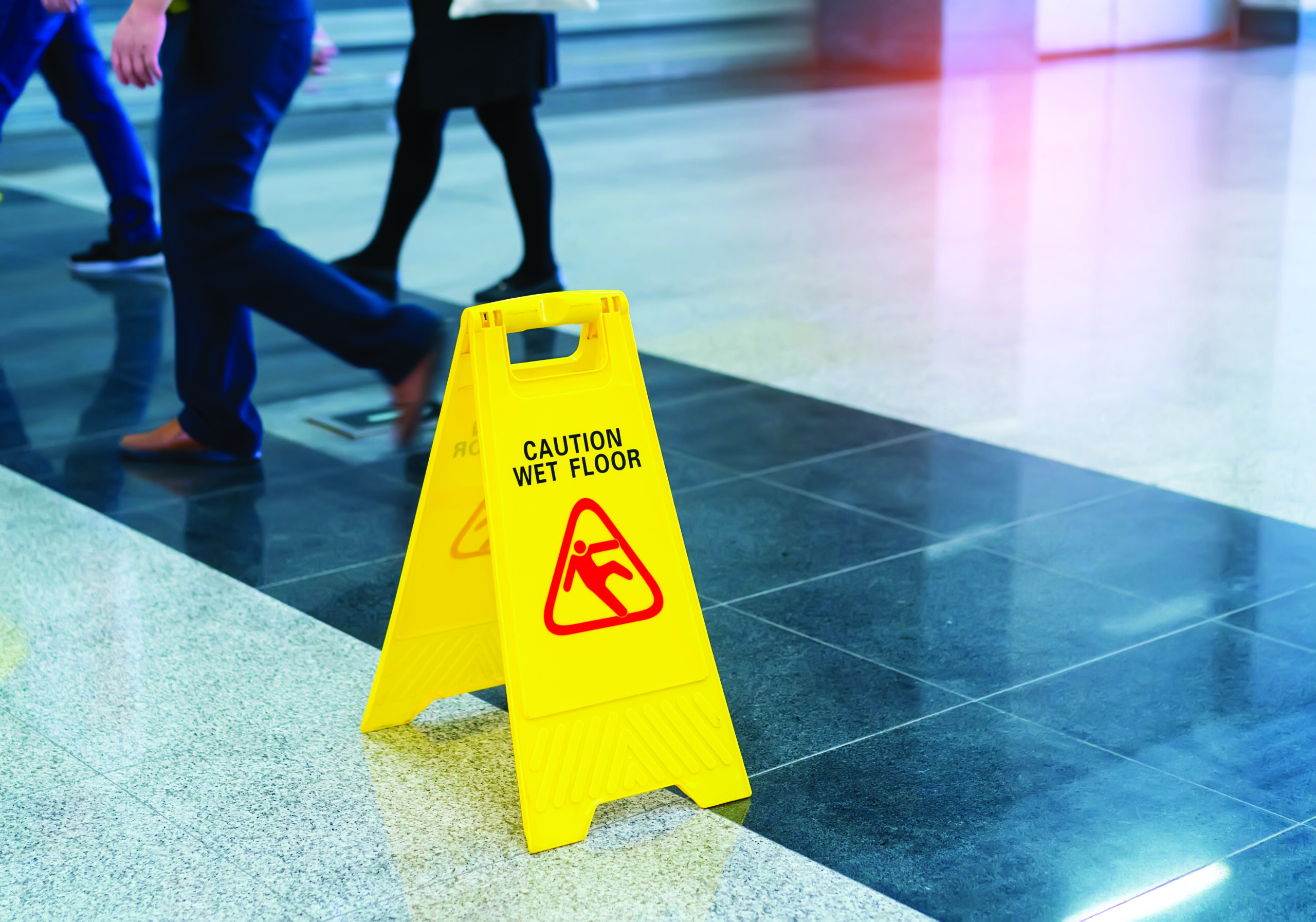Car accidents are a major cause of death and injury worldwide. However, many of these accidents can be prevented through effective road safety measures. There are some key strategies that governments and the public can take to prevent car accidents.
Main Causes of Car Accidents
Before planning to prevent car accidents and personal injuries, it’s important to understand some of the main causes of crashes.
The majority of car accidents are caused by driver errors. That includes actions like speeding, distracted driving, drunk driving, tailgating, disregarding traffic signals and other incidents. These causes are preventable with education and attention to one’s surroundings.
Some causes that are not under the driver’s control include adverse weather conditions, mechanical failure and dangerous roadways. While a driver may not be to blame for these factors, fault may lie with someone else, including a car manufacturer or government entity. Those responsible for these causes should invest time and resources to fix known problems.
Engineering Solutions
When people think of preventing car accidents, they often review what actions drivers can take. However, often overlooked are the precautionary measures and preventative processes that governments who build infrastructure can take.
Here are some engineering solutions that governments can use to reduce car accidents:
- Safe Road Design: Ensure roads are well-maintained, free of potholes and have clear lane markings.
- Speed Control: Implement speed limits, speed bumps and other measures to reduce excessive speed.
- Intersection Improvements: Design intersections to minimize conflicts and improve visibility.
- Safe Pedestrian Facilities: Provide sidewalks, crosswalks and pedestrian bridges to protect pedestrians.
Enforcement and Education
Police officers, road safety educators and other public servants also play a part in promoting safety on the roads. Here are some ways that car accidents can be reduced through enforcement and education:
- Traffic Law Enforcement: Strict enforcement of traffic laws, including speeding, drunk driving and distracted driving.
- Public Education: Promote awareness of road safety rules and consequences through campaigns and educational programs.
- Driver Training: Improve driver skills through mandatory training programs, especially for young drivers.
Vehicle Safety Features
Even auto manufacturers can take part in preventing deaths and serious injuries in car accidents. By improving vehicle safety, it is possible to reduce traumatic car accidents. Some vehicle safety features that car manufacturers should invest in include:
- Mandatory Seat Belts: Require the use of seat belts for all passengers.
- Airbags: Equip vehicles with airbags to protect occupants in a crash.
- Anti-lock Brakes (ABS): Improve vehicle control during braking.
- Electronic Stability Control (ESC): Help prevent skidding and loss of control.
Infrastructure Improvements
Governments can also improve infrastructure to promote the safety of pedestrians, bicyclists and others on the roadway. Car accidents often occur because of a lack of proper infrastructure. Some infrastructure improvements that would greatly reduce car accidents in a community include:
- Public Transportation: Encourage the use of public transportation to reduce the number of vehicles on the road.
- Bicycle and Pedestrian Facilities: Create safe and convenient infrastructure for cyclists and pedestrians.
- Roadside Barriers: Install barriers to prevent vehicles from leaving the road and colliding with objects.
Driver Focus on Prevention
Many communities focus on preventing car accidents by reducing risky behaviors by drivers. And the majority of car accidents are indeed caused by driver error. Here are some actions drivers can take to prevent auto crashes:
- Obeying speed limits: Speed is a major factor in car accidents. Slow down and adjust speed to the conditions.
- Paying attention: Stay focused by avoiding distractions like cell phones, eating or talking to passengers. Keep your eyes on the road and be aware of your surroundings.
- Driving defensively: Be prepared for the unexpected. Leave plenty of space between cars, signal your intentions and be aware of blind spots.
- Avoiding alcohol and drugs: Alcohol and drugs impair judgment and reaction time. Never drive under the influence.
- Getting enough sleep: Fatigue can make it difficult to react quickly and safely. Get plenty of sleep before driving and take breaks on long trips.
- Maintaining your vehicle: Make sure the vehicle is in good condition with properly working brakes, lights and tires.
- Taking driving lessons: New drivers and those who want to improve their skills should consider taking a driving lesson.
Car Accident and Personal Injury Prevention Involve Many Elements
There are many factors to consider when developing a plan to reduce car accidents and personal injuries. Governments, public servants, educators and drivers can all play a role in preventing serious wrecks.
An obvious starting point for preventing crashes is addressing driver behavior. They can take many actions both before and during a trip to eliminate risky behaviors. However, many other elements play into a dangerous car accident.
While cities and states should focus on improving infrastructure through better engineering, government workers, like the police, should continue enforcing laws that protect people on the roads. Drivers’ education instructors also play a large role, especially for new drivers who often cause serious car accidents.
If everyone committed to reducing car accidents and personal injuries, we could significantly reduce fatalities and serious traumas.








Leave A Comment